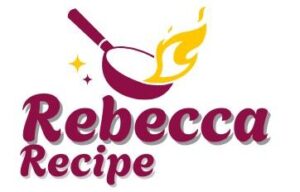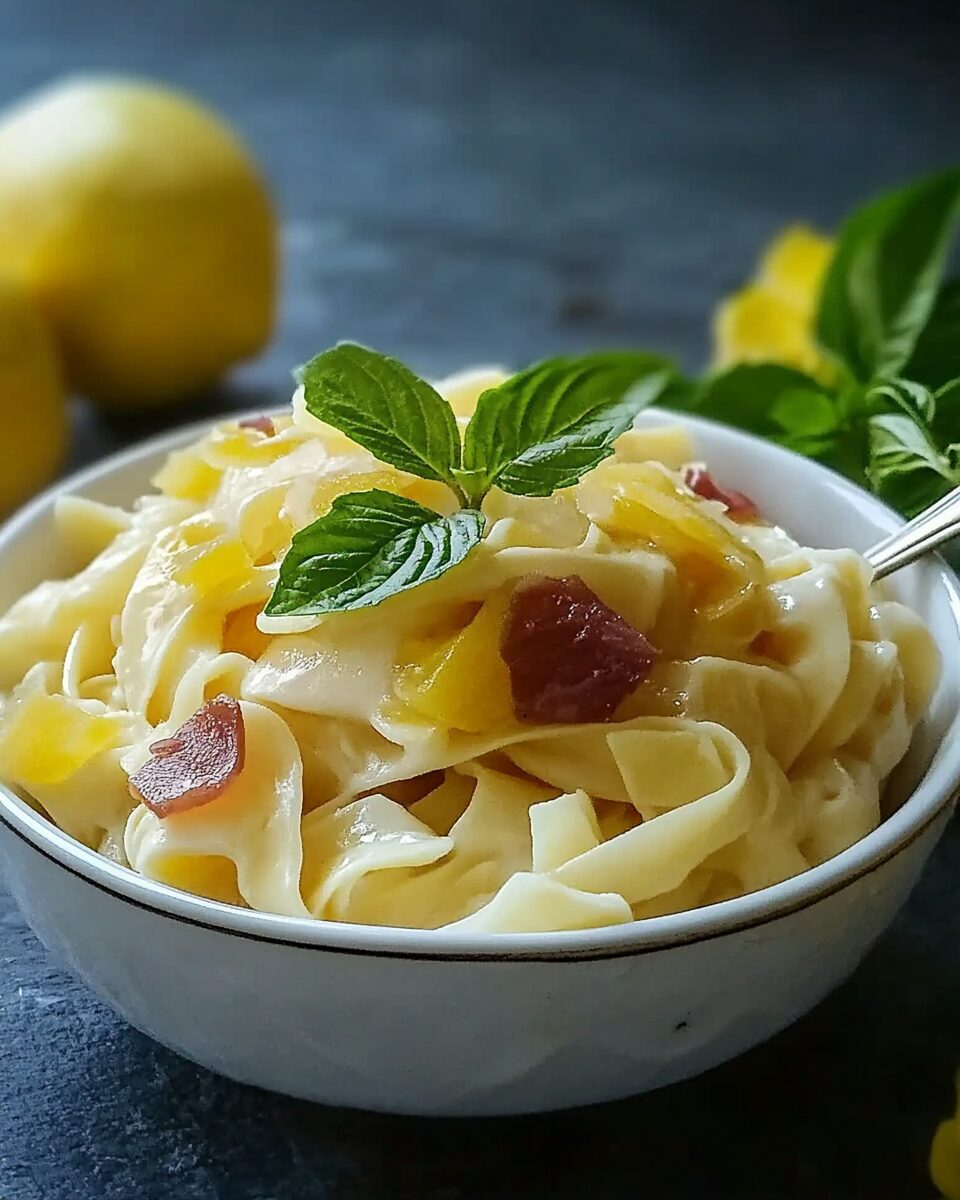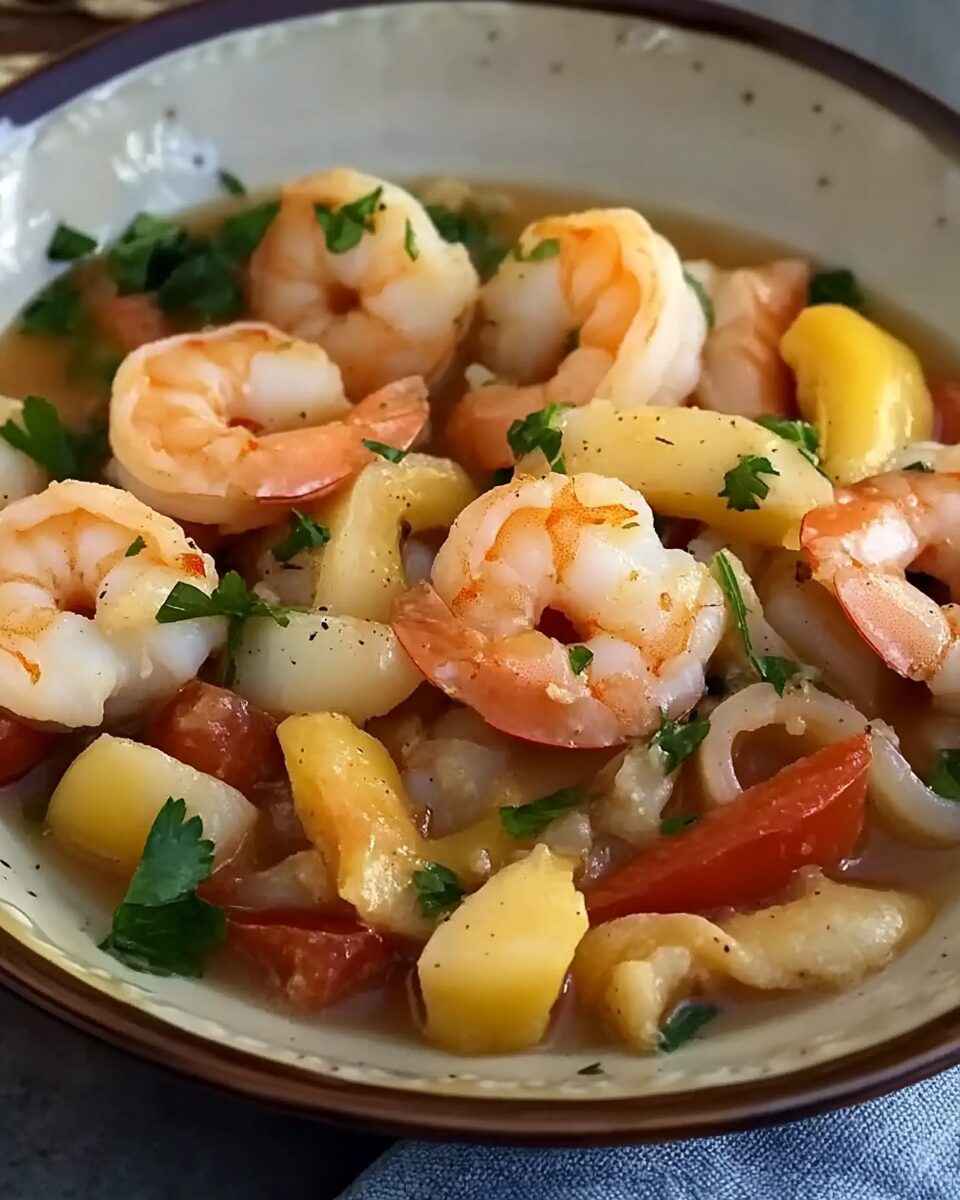Halushki is a traditional Eastern European comfort food, particularly popular in Polish and Slovak cuisines. This hearty dish combines tender egg noodles with sautéed cabbage and onions, all brought together by the rich flavor of crispy bacon. It’s a simple, budget-friendly meal that’s both satisfying and easy to prepare, making it a perfect choice for a cozy dinner.
Full Recipe:
Ingredients
- 1 pound bacon
- 1 onion, diced
- 1 (16-ounce) package egg noodles
- 1 head cabbage, sliced
- Salt and ground black pepper to taste
Directions
-
Cook the Bacon and Onions: Cut the bacon into small pieces and cook in a large skillet over medium heat until crisp, stirring often, about 10 minutes. Add the diced onion to the bacon and continue cooking until the onion is translucent, approximately 5 more minutes. Remove the bacon and onion mixture from the skillet, leaving the drippings behind.
-
Prepare the Noodles: Bring a large pot of lightly salted water to a boil. Add the egg noodles and cook until al dente, about 5 minutes. Drain the noodles.
-
Cook the Cabbage: Transfer the bacon and onion mixture along with the reserved drippings into the pot used to cook the noodles. Add the sliced cabbage and stir to coat it with the drippings. Cover the pot and cook over medium heat until the cabbage is tender, stirring occasionally, about 10 to 12 minutes.
-
Combine Ingredients: Gently stir the cooked noodles into the cabbage mixture until well combined. Season with salt and ground black pepper to taste before serving.
Nutritional Facts
Per serving:
- Calories: 698
- Total Fat: 38g
- Saturated Fat: 12g
- Cholesterol: 114mg
- Sodium: 709mg
- Total Carbohydrates: 69g
- Dietary Fiber: 8g
- Sugars: 9g
- Protein: 22g
- Vitamin C: 75mg
- Calcium: 118mg
- Iron: 4mg
- Potassium: 729mg
The Origins of Halushki
Halushki has deep roots in Eastern European cuisine, where variations of the dish have been passed down for generations. While many associate it with Polish cooking, Halushki is also a staple in Slovakia, Ukraine, and Hungary, with each country offering its own unique twist.
The name “Halushki” comes from the Slovak and Ukrainian word for “small dumplings” or “soft noodles.” In its most traditional form, Halushki is made with handmade dumplings similar to gnocchi, but as the dish spread across different regions, egg noodles became a more common ingredient, especially in the United States.
During the 19th and early 20th centuries, many Eastern European immigrants brought their culinary traditions to America, where the dish evolved to fit the available ingredients. Today, Halushki is widely popular among Polish-American and Slovak-American communities, often appearing at church picnics, family gatherings, and holiday feasts.
Why Halushki is a Must-Try Dish
Halushki is more than just a simple noodle dish—it’s a meal that embodies warmth, nostalgia, and comfort. It’s a dish that has been lovingly prepared by generations of families, making it a cherished tradition.
One of the main reasons Halushki remains so popular is its affordability and accessibility. The ingredients are inexpensive and readily available, making it a perfect choice for families looking to stretch their grocery budget without sacrificing flavor.
The dish is also highly customizable, allowing for endless variations:
- For a meatier version, some people add kielbasa, ham, or ground beef.
- To make it vegetarian, replace the bacon with butter or olive oil.
- If you like more texture and depth, you can sauté the cabbage until caramelized, giving it a slightly sweet and nutty flavor.
- You can experiment with different seasonings, such as paprika, garlic, or crushed red pepper flakes, to enhance the dish’s flavor profile.
Whether you’re making it as a quick dinner, a hearty side dish, or a nostalgic family meal, Halushki is always a crowd-pleaser.
Cultural Significance of Halushki
In many Eastern European countries, food is an essential part of cultural identity, and Halushki is no exception. It is often served during religious holidays, family gatherings, and community events.
In Poland, Halushki is commonly prepared during Lent, as it can be made meat-free by using butter instead of bacon. Many Polish families also enjoy it as part of Christmas Eve (Wigilia) dinners, where meatless dishes are traditionally served.
In Slovakia and Ukraine, Halushki is sometimes made with potato dumplings instead of noodles, creating a heartier and more rustic version of the dish. These dumplings are typically paired with bryndza (a type of sheep’s milk cheese), adding a tangy and creamy element to the meal.
For many Eastern European Americans, Halushki is a comfort food that connects them to their heritage. It is often passed down through generations, with each family adding their own special twist. Some recall their grandmothers making Halushki from scratch, rolling out homemade dough and chopping fresh cabbage straight from the garden.
The Nutritional Benefits of Halushki
While Halushki is known for being rich and satisfying, it also contains several nutritional benefits:
- Cabbage is a powerhouse vegetable – It is packed with fiber, vitamins C and K, and antioxidants that support digestion, immune function, and overall health.
- Egg noodles provide carbohydrates for energy – This makes the dish a great choice for a comforting and filling meal.
- Bacon adds protein and flavor – However, if you want a healthier option, you can swap it out for turkey bacon or use olive oil instead.
- The dish is naturally low in sugar – Making it a good option for those watching their sugar intake.
To make a healthier version of Halushki, you can:
- Use whole wheat noodles instead of traditional egg noodles.
- Replace bacon with lean turkey sausage or grilled chicken.
- Add extra vegetables like carrots, mushrooms, or bell peppers for added fiber and vitamins.
- Reduce the amount of butter or oil used in cooking to cut down on calories.
Pairing Suggestions for Halushki
While Halushki is a satisfying dish on its own, you can enhance your meal by pairing it with complementary sides and flavors. Some great options include:
- A fresh green salad – The light and crisp textures of a salad with a tangy vinaigrette help balance the richness of the dish.
- A bowl of hearty soup – A traditional Polish borscht (beet soup) or a warm mushroom soup pairs beautifully with Halushki.
- A side of kielbasa – Smoked Polish sausage adds even more depth to the meal, making it a perfect dinner combination.
- A slice of crusty bread – Especially when buttered or toasted with garlic, it complements the soft noodles and cabbage perfectly.
For a beverage pairing, Halushki goes well with a cold beer, particularly a European lager or a light pilsner. If you prefer wine, a dry white wine like Sauvignon Blanc or Riesling can help cut through the richness of the dish.
Tips for Storing and Reheating Halushki
If you have leftovers, Halushki stores well and can be easily reheated. Here’s how to keep it fresh:
- Refrigerator: Store in an airtight container for up to 4 days.
- Freezer: If you want to freeze Halushki, let it cool completely and store it in a freezer-safe container for up to 3 months.
- Reheating: For best results, reheat in a skillet over medium heat with a small amount of butter or oil. This helps bring back the crispness of the cabbage and bacon. You can also microwave it, but the texture may become slightly softer.
Conclusion
Halushki is a dish that embodies everything people love about comfort food—it’s rich, satisfying, easy to make, and deeply rooted in tradition. Whether you’re making it as a quick weekday meal or serving it at a family gathering, its simplicity and hearty flavors make it a favorite among home cooks. What makes Halushki so special is its versatility. You can keep it traditional with just noodles, cabbage, and bacon, or experiment with new flavors and ingredients to suit your taste. No matter how you prepare it, this dish will always bring warmth and nostalgia to the table. For those with Eastern European heritage, Halushki is more than just food—it’s a connection to family traditions, cultural history, and shared meals around the dinner table. And for those trying it for the first time, it’s an easy and delicious way to experience a taste of old-world comfort.








